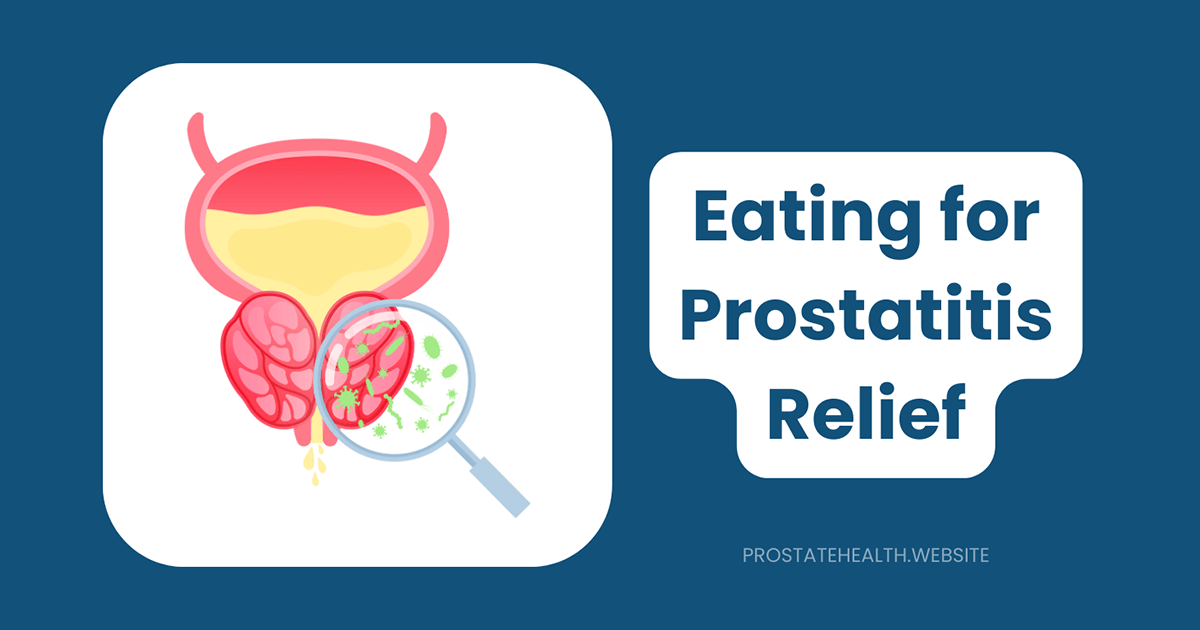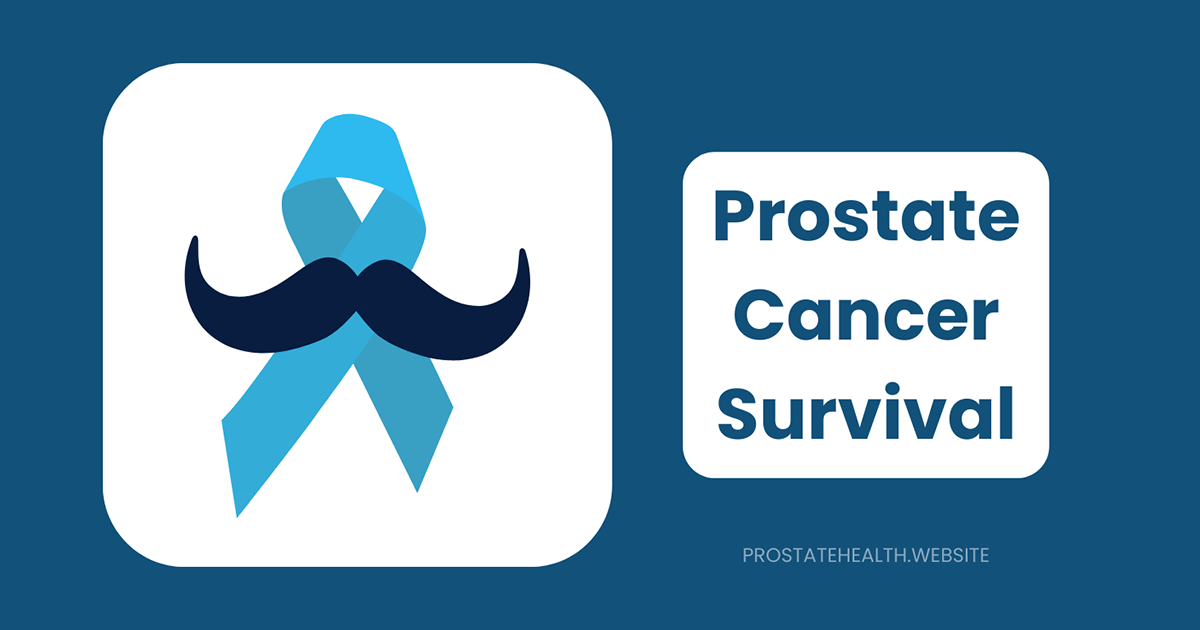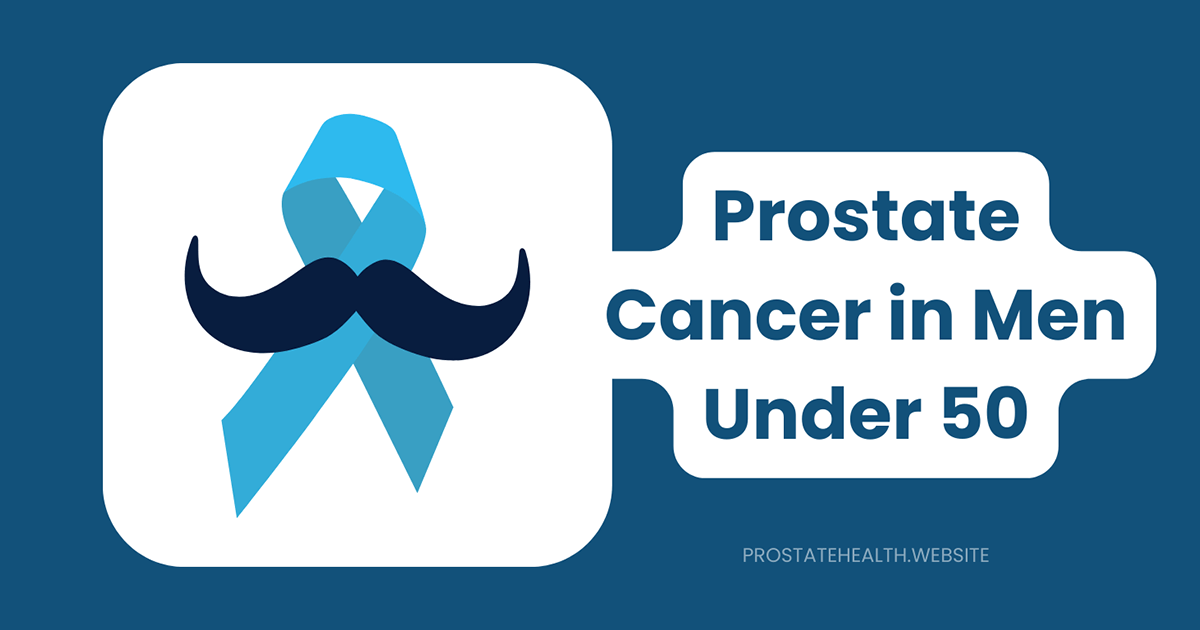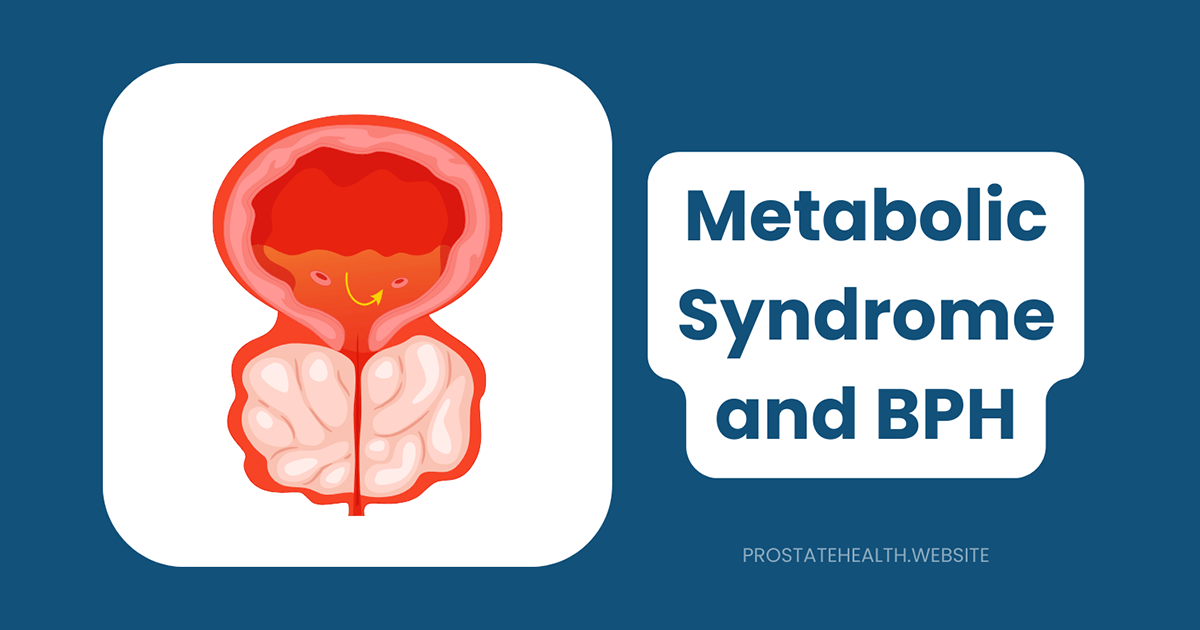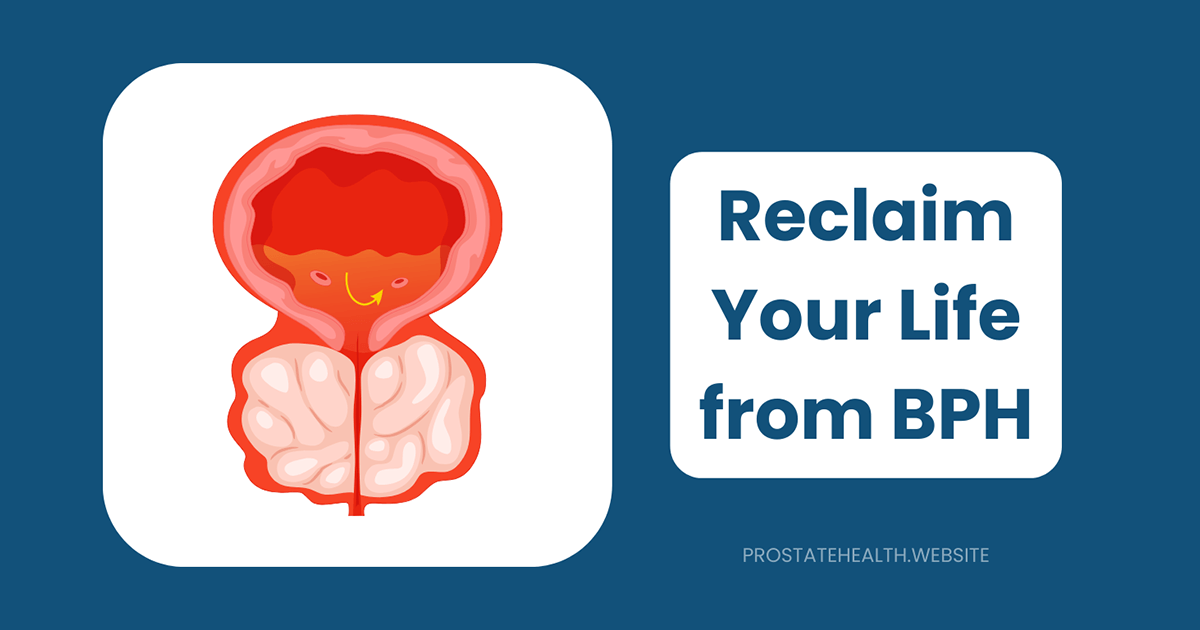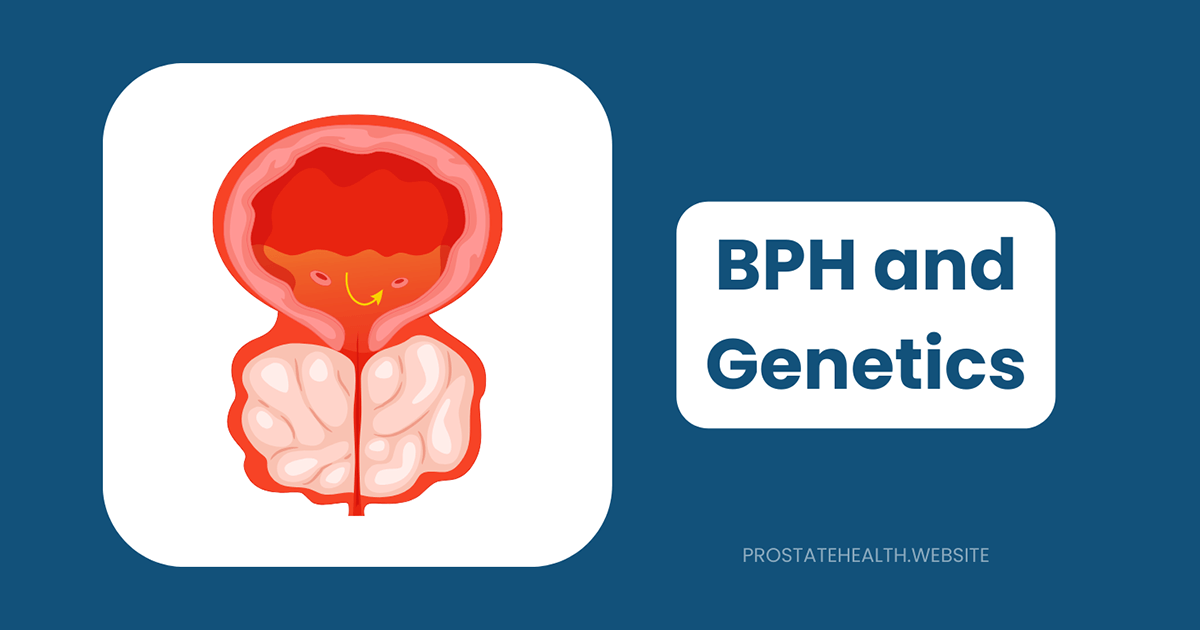Prostatitis in Younger Men: Causes and Solutions
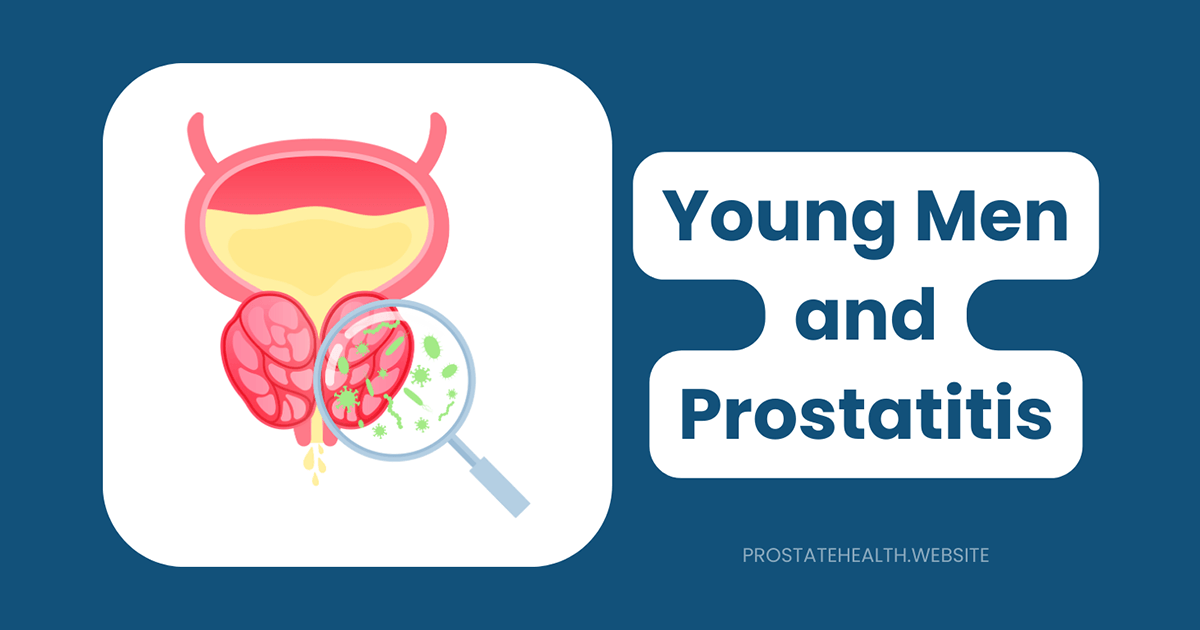
When most men hear “prostate problems,” they immediately think of older men dealing with enlarged prostates or cancer concerns. Yet there’s a prostate condition that frequently affects men in their 20s and 30s, often catching them completely off guard: prostatitis.
As a men’s health advocate who has guided countless young men through prostate health challenges, I’ve seen firsthand how prostatitis can impact quality of life during what should be vibrant, active years. The good news? Understanding this condition—its causes, symptoms, and solutions—can make all the difference between prolonged suffering and effective management.
Prostatitis: The Young Man’s Prostate Problem
Prostatitis—inflammation of the prostate gland—is surprisingly common among younger men. In fact, it’s the most common urologic diagnosis in men under 50, accounting for approximately 2 million healthcare visits annually in the United States. Studies suggest that up to 50% of men will experience prostatitis symptoms at some point in their lives, with many cases occurring in men in their 20s and 30s.
Unlike other prostate conditions that primarily affect older men, prostatitis doesn’t discriminate by age. First-time sufferers are typically under 50, with sexually active young men being particularly vulnerable.
Understanding the Types of Prostatitis
Before diving into causes and solutions, it’s important to understand that “prostatitis” isn’t a single condition but rather a group of conditions with similar symptoms:
- Acute Bacterial Prostatitis: A sudden bacterial infection with severe symptoms that requires immediate treatment
- Chronic Bacterial Prostatitis: A recurring bacterial infection that develops more gradually and can persist for months
- Chronic Prostatitis/Chronic Pelvic Pain Syndrome (CP/CPPS): The most common form (accounting for 90-95% of cases), characterized by pelvic pain without detectable infection
- Asymptomatic Inflammatory Prostatitis: Inflammation without symptoms, typically discovered during testing for other conditions
For younger men, CP/CPPS is by far the most common diagnosis, affecting approximately 1 in 3 men who experience prostatitis symptoms.
Why Are Younger Men Vulnerable? Key Causes and Risk Factors
Several factors make younger men particularly susceptible to prostatitis:
1. Bacterial Infections
While most cases of prostatitis in younger men aren’t bacterial, infections can still be a significant cause, particularly for acute and chronic bacterial prostatitis:
- Urinary Tract Infections (UTIs): Bacteria from the urinary tract can ascend to the prostate
- Sexually Transmitted Infections (STIs): Particularly chlamydia and gonorrhea can infect the prostate
- Bladder Infections: Can spread to the nearby prostate gland
Dr. James Thompson, urologist at Metropolitan Urology Center, explains: “While bacterial prostatitis is less common in younger men than non-bacterial forms, it’s still important to rule out infection, particularly in sexually active men or those with a history of UTIs.”
2. Pelvic Floor Dysfunction
The pelvic floor muscles surround and support the prostate. Dysfunction in these muscles is increasingly recognized as a major contributor to prostatitis symptoms in younger men:
- Muscle Tension: Chronic tension in the pelvic floor can restrict blood flow and cause pain
- Trigger Points: Specific points of muscle tension that refer pain to the prostate region
- Coordination Problems: Difficulty properly relaxing these muscles during urination or ejaculation
3. Modern Lifestyle Factors
Several aspects of contemporary young adult life may contribute to prostatitis risk:
- Prolonged Sitting: Extended periods at desks or during commutes put pressure on the prostate and pelvic floor
- Stress and Anxiety: Psychological stress can manifest physically in the pelvic floor muscles
- Irregular Sexual Activity: Both excessive and infrequent ejaculation have been linked to prostatitis symptoms
- Dehydration: Insufficient fluid intake can concentrate urine, potentially irritating the prostate
- Diet: Spicy foods, caffeine, alcohol, and acidic foods may exacerbate symptoms in some men
4. Physical Activities and Habits
Certain activities common among younger men may increase prostatitis risk:
- Cycling: Prolonged bicycle riding with improper seats can put pressure on the perineum
- High-Impact Sports: Activities with repetitive impact may traumatize the pelvic region
- Heavy Lifting: Improper technique can increase pressure on the pelvic floor
- Restrictive Clothing: Tight underwear or pants may increase heat and pressure in the genital area
5. Anatomical and Physiological Factors
Some men may have physical characteristics that predispose them to prostatitis:
- Urinary Tract Abnormalities: Structural issues that impede normal urine flow
- Prostatic Calcifications: Small calcium deposits that can develop in the prostate
- Autoimmune Tendencies: The body’s immune system may attack prostate tissue
- Neurological Sensitivity: Heightened nerve sensitivity in the pelvic region
Recognizing the Symptoms: What Young Men Should Watch For
Prostatitis symptoms can vary widely between individuals but typically include some combination of:
Urinary Symptoms
- Painful or burning urination
- Frequent urination, especially at night
- Urgent need to urinate
- Difficulty starting urination
- Weak urine stream or incomplete emptying
- Blood in urine (in some cases)
Pain Symptoms
- Pain in the lower abdomen, groin, or lower back
- Perineal pain (between scrotum and rectum)
- Testicular pain or discomfort
- Pain during or after ejaculation
- Penile pain, especially at the tip
Sexual Symptoms
- Painful ejaculation
- Decreased libido
- Erectile difficulties
- Changes in semen appearance
Systemic Symptoms
- Fatigue
- General malaise
- Fever and chills (in bacterial cases)
- Joint and muscle aches
Michael, a 28-year-old software developer, shares his experience: “I first noticed something was wrong when I started feeling a dull ache in my groin after sitting at my desk all day. Then came the frequent bathroom trips and burning when I urinated. I initially thought it was a UTI, but when the symptoms persisted after antibiotics, I was diagnosed with CP/CPPS. The hardest part was realizing this wasn’t just going to go away quickly.”
Diagnosis: Getting to the Root of the Problem
If you’re experiencing symptoms, proper diagnosis is essential for effective treatment:
Initial Evaluation
- Medical History: Your doctor will ask about your symptoms, their duration, and potential triggers
- Physical Examination: Including a digital rectal exam (DRE) to assess the prostate
- Symptom Assessment: Often using the National Institutes of Health Chronic Prostatitis Symptom Index (NIH-CPSI)
Laboratory Tests
- Urinalysis and Urine Culture: To check for infection and inflammation
- STI Testing: Particularly if sexual transmission is suspected
- Blood Tests: To rule out other conditions and check for signs of infection
- Expressed Prostatic Secretions (EPS): Fluid obtained after prostate massage to check for white blood cells or bacteria
Additional Testing
For complex or persistent cases:
- Urodynamic Testing: To evaluate bladder and urethral function
- Cystoscopy: Examination of the bladder and urethra with a small camera
- Pelvic Floor Assessment: To identify muscle dysfunction
- Imaging: Ultrasound, CT, or MRI in certain cases
Effective Solutions: A Multifaceted Approach
Treatment for prostatitis in younger men typically requires a comprehensive approach tailored to the specific type and underlying causes:
For Bacterial Prostatitis
If testing confirms bacterial infection:
- Antibiotics: The primary treatment, typically for 2-4 weeks for acute cases and 4-12 weeks for chronic bacterial prostatitis
- Alpha-Blockers: Medications that relax the bladder neck and prostate to improve urine flow
- Anti-Inflammatory Medications: To reduce pain and swelling
- Supportive Care: Including adequate hydration and rest
For Chronic Prostatitis/Chronic Pelvic Pain Syndrome (CP/CPPS)
The most common form in younger men requires a multimodal approach:
The UPOINT System
Many specialists now use the UPOINT system to categorize symptoms and guide treatment:
- Urinary Symptoms: Alpha-blockers or other medications to improve urine flow
- Psychosocial Dysfunction: Stress management, cognitive behavioral therapy
- Organ-Specific Findings: Prostate-focused treatments
- Infection: Targeted antibiotics if infection is suspected
- Neurological/Systemic: Pain modulators for nerve-related symptoms
- Tenderness of Muscles: Pelvic floor physical therapy
Research shows that treatments targeting a patient’s specific UPOINT domains can improve symptoms in up to 80% of men with CP/CPPS.
Physical Therapy Approaches
Pelvic floor physical therapy has emerged as one of the most effective treatments for younger men:
- Manual Therapy: Hands-on techniques to release trigger points and tension
- Biofeedback: Using sensors to help visualize and control pelvic floor muscles
- Stretching Routines: Specific stretches for the pelvic region
- Relaxation Training: Learning to consciously relax the pelvic floor
James, 32, found relief through physical therapy: “After trying antibiotics with no improvement, my urologist referred me to a pelvic floor physical therapist. I was skeptical at first, but after a few sessions, I started noticing significant improvement. Learning to identify and release tension in my pelvic floor muscles was a game-changer.”
Lifestyle Modifications
Several lifestyle changes can significantly impact symptoms:
- Sitting Habits: Using cushioned seats, taking regular standing breaks, and maintaining good posture
- Exercise Adjustments: Modifying activities that exacerbate symptoms while maintaining overall fitness
- Stress Management: Meditation, deep breathing, and other relaxation techniques
- Sexual Health: Regular ejaculation (2-3 times weekly) may help some men
- Clothing Choices: Wearing supportive but not restrictive underwear and looser pants
Dietary Approaches
What you eat and drink can influence symptoms:
- Hydration: Adequate water intake to dilute urine and reduce irritation
- Dietary Triggers: Identifying and avoiding foods that worsen symptoms (commonly spicy foods, caffeine, alcohol, and acidic foods)
- Anti-Inflammatory Diet: Emphasizing fruits, vegetables, whole grains, and healthy fats
- Supplements: Some evidence supports quercetin, pollen extract, and zinc for prostate health
Medication Options
Several medications may help manage symptoms:
- Alpha-Blockers: Relax the bladder neck and prostate (tamsulosin, alfuzosin)
- Pain Modulators: Address nerve-related pain (pregabalin, amitriptyline)
- Anti-Inflammatories: Reduce inflammation and pain (NSAIDs)
- Muscle Relaxants: Help relieve pelvic floor tension in some cases
Psychological Support
Addressing the mental health aspects of chronic pain is crucial:
- Cognitive Behavioral Therapy (CBT): Helps manage pain perception and catastrophizing
- Support Groups: Connecting with others who understand the condition
- Stress Reduction Techniques: Mindfulness, meditation, and relaxation training
- Sleep Hygiene: Improving sleep quality to enhance pain tolerance and overall well-being
Prevention Strategies for Young Men
While not all cases of prostatitis can be prevented, several strategies may reduce risk:
Daily Habits
- Stay Hydrated: Drink plenty of water throughout the day
- Practice Good Sitting Hygiene: Take regular breaks, use proper ergonomic support
- Maintain Regular Sexual Activity: Neither excessive nor too infrequent
- Exercise Regularly: With proper form and appropriate equipment (especially for cycling)
- Manage Stress: Develop effective stress reduction techniques
Protective Measures
- Practice Safe Sex: Use condoms to reduce STI risk
- Treat UTIs Promptly: Don’t ignore urinary symptoms
- Avoid Prolonged Holding of Urine: Urinate when you feel the need
- Maintain a Healthy Diet: Limit inflammatory foods and alcohol
Early Intervention
- Know Your Body: Be aware of changes in urinary or sexual function
- Seek Timely Care: Don’t delay getting medical attention for symptoms
- Follow Through: Complete prescribed treatments, even if symptoms improve
The Psychological Impact: Addressing the Hidden Burden
For many young men, the psychological impact of prostatitis can be as challenging as the physical symptoms:
Common Emotional Responses
- Frustration and Anxiety: Due to unpredictable symptoms and uncertain prognosis
- Embarrassment: About discussing “private” symptoms
- Relationship Stress: Particularly regarding sexual function
- Identity Concerns: Feeling “old before your time” with a condition typically associated with older men
Coping Strategies
- Education: Understanding the condition reduces anxiety
- Open Communication: With partners, healthcare providers, and trusted friends
- Setting Realistic Expectations: Recovery often involves ups and downs
- Finding Meaning: Using the experience to develop greater body awareness and self-care habits
Robert, 34, reflects on his journey: “The hardest part was feeling like I couldn’t talk about it. Men in their 30s don’t expect to deal with prostate issues, and there’s still stigma around discussing it. Finding an online support group of guys my age was incredibly validating. It helped me realize I wasn’t alone and gave me practical strategies from others who’d been through it.”
When to Seek Medical Help
Don’t delay seeking medical attention if you experience:
- Painful or burning urination
- Blood in urine or semen
- Pain in the pelvic region, genitals, or lower back
- Fever with any of the above symptoms
- Sexual dysfunction with pain
- Urinary symptoms that don’t resolve within a few days
Early intervention often leads to better outcomes and can prevent acute conditions from becoming chronic.
Conclusion: Taking Control of Your Prostate Health
Prostatitis in younger men, while challenging, is a manageable condition with the right approach. The key is to:
- Seek proper diagnosis rather than self-treating or ignoring symptoms
- Understand your specific type of prostatitis and contributing factors
- Pursue comprehensive treatment that addresses all aspects of the condition
- Make sustainable lifestyle changes that support prostate health
- Address both physical and psychological aspects of the condition
Remember that you’re not alone—millions of young men face this condition, and with increasing awareness and improving treatment approaches, the outlook for recovery is better than ever.
By taking proactive steps to understand and address prostatitis, you can minimize its impact on your quality of life and return to the active, fulfilling lifestyle you deserve.
Frequently Asked Questions About Prostatitis in Younger Men
Yes, absolutely. While other prostate conditions like BPH and prostate cancer primarily affect older men, prostatitis can and does affect men of all ages, including those in their 20s and 30s. In fact, the condition is most common in men under 50.
In most cases, prostatitis does not cause permanent fertility issues. However, during active inflammation, it may temporarily affect semen quality or cause pain during ejaculation. If you’re concerned about fertility, discuss this with your healthcare provider.
Some cases of bacterial prostatitis can result from sexually transmitted infections like chlamydia or gonorrhea. However, most cases of prostatitis (particularly CP/CPPS) are not sexually transmitted. That said, practicing safe sex is always recommended to reduce the risk of STIs that could potentially lead to prostatitis.
No, current research does not indicate that prostatitis increases the risk of developing prostate cancer. However, prostatitis can cause elevated PSA (prostate-specific antigen) levels, which might lead to additional testing to rule out cancer.
The duration varies significantly depending on the type and individual factors:
- Acute bacterial prostatitis typically resolves within 2-4 weeks with proper antibiotic treatment
- Chronic bacterial prostatitis may require longer treatment (4-12 weeks or more)
- CP/CPPS can be more variable—some men experience complete resolution within months, while others may have symptoms that come and go for years
With appropriate multimodal treatment, most younger men see significant improvement in symptoms, even in chronic cases.

